class: center, middle, inverse, title-slide .title[ # History of Humans and Wildlife ] .subtitle[ ## EFB 390: Wildlife Ecology and Management ] .author[ ### Dr. Gurarie ] .date[ ### September 4, 2025 ] --- class: small ## What do these animals have in common? | | | | |--|--|--| | <img src='images/animals/Elephas_maximus.jpg' width = '200'/> | <img src='images/animals/Cavia_tschudii.jpg' width = '200'/> | <img src='images/animals/Canis_lupus.jpg' width = '200'/> | | *Elaphas maximus* | *Cavia tschudii* | *Canis lupus* | |<img src='images/animals/vicuna.jpg' width = '200'/> | <img src='images/animals/Anas_platyrhynchos.jpg' width = '200'/> | <img src='images/animals/Cyprus_mouflon.jpg' width = '200'/> | |*Vicugna vicugna*| *Anas platyrhyncus* | *Cyprus mouflon* --- # Recap: Human's first epic "management" fail. .pull-left-40[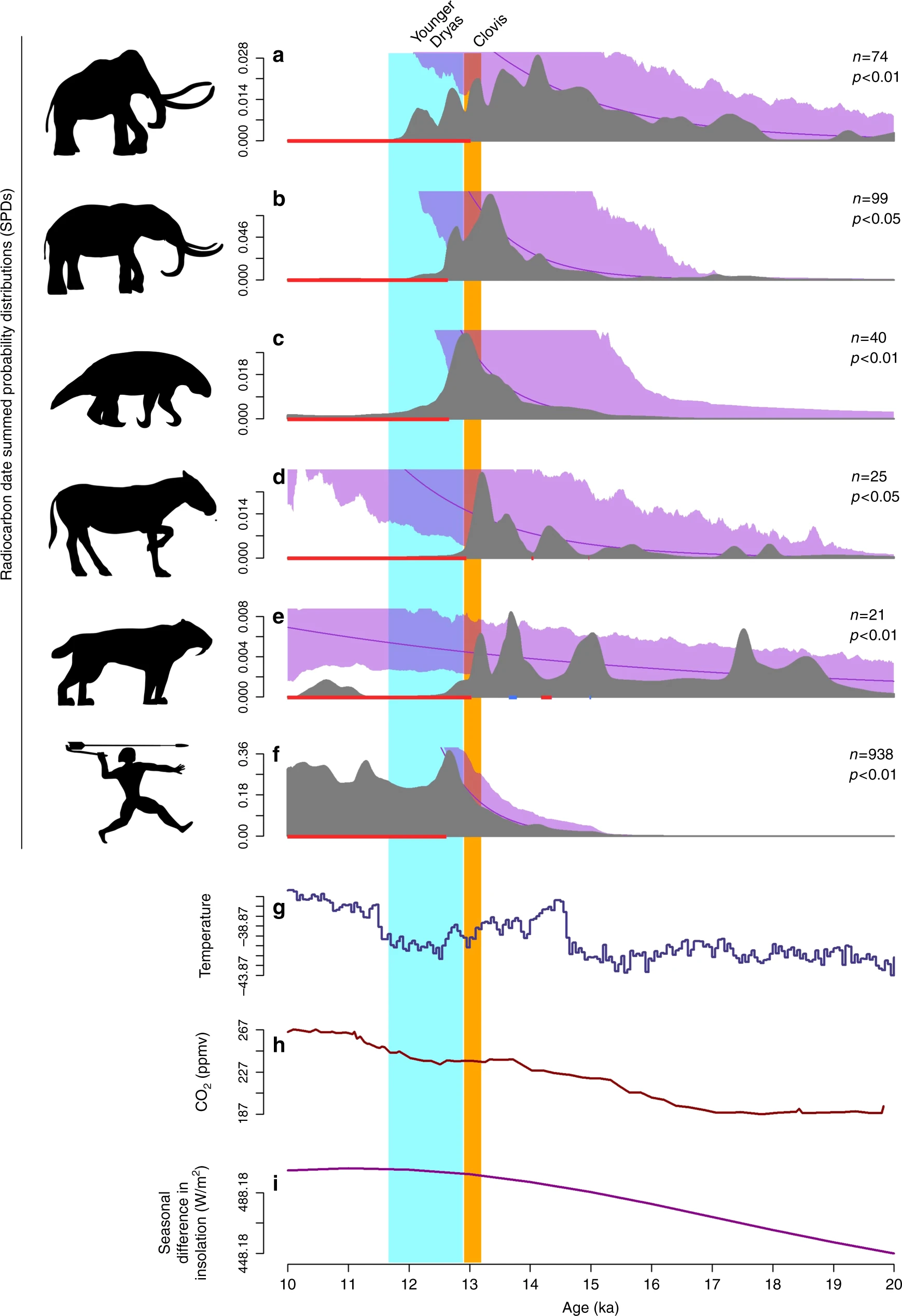] .pull-right-60[ *Homo* rapidly diversified and spread around the globe during the Pleistocene (2.7 mya) - a drier, colder period more dominated by large **herbivores** and **grasslands** and intermittent periods of **glaciation** ("Ice Ages") To adapt, *Homo* increased meat protein intake, likely first via *scavenging*, then rapidly improving *hunting skills* As *Homo* expanded around the globe and encountered naive megafauna, many species of megafauna went **extinct**. .center.small[([Broughton et al. 2018](https://doi.org/10.1038/s41467-018-07897-1))] ] --- ## Did forager-hunter-gatherers **manage** wildlife? ### (aside from driving them to extinction) -- .pull-left-60[ 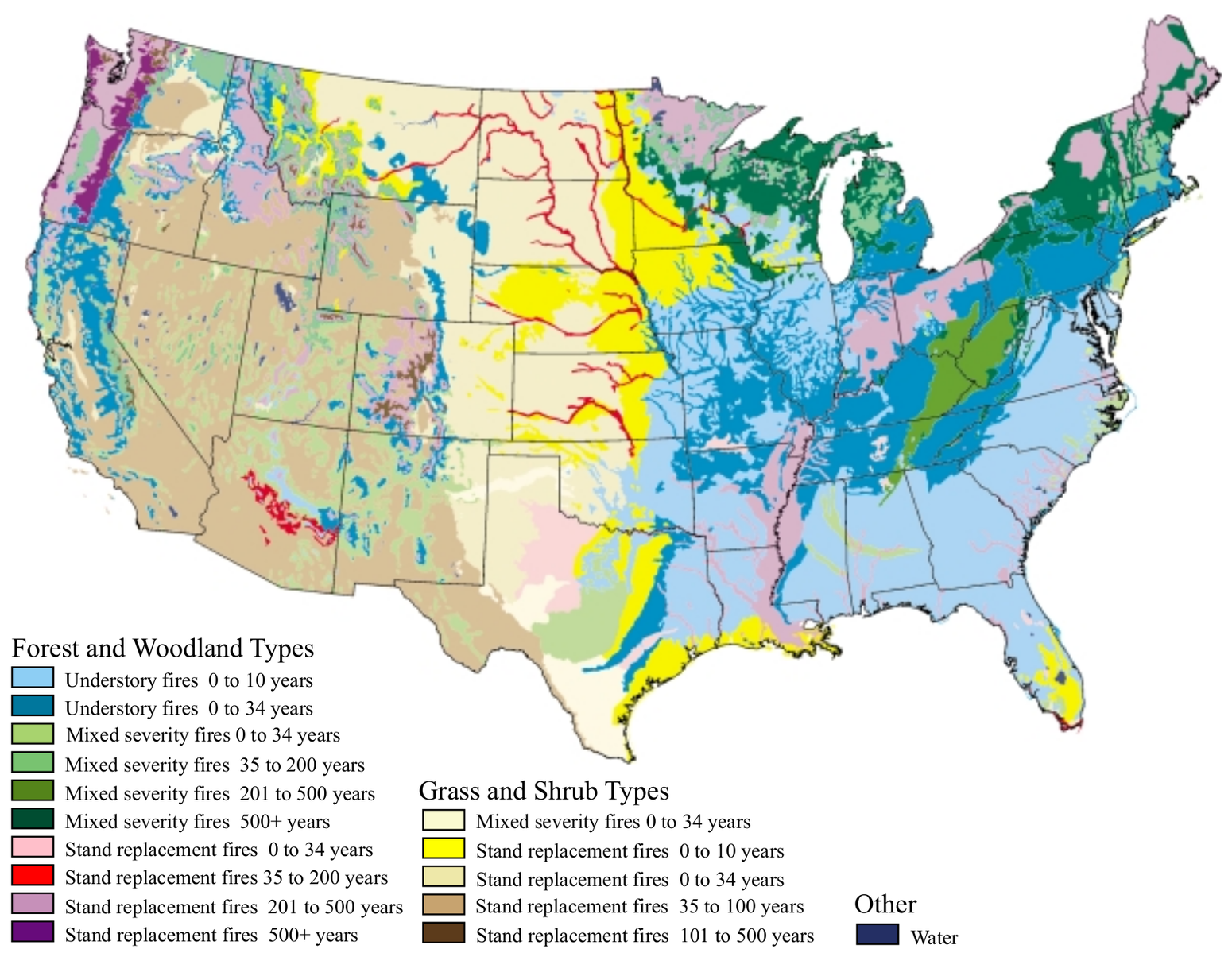 ] .pull-right-40[ **Controlled** (ritual) **Fires** were widely used, in (large) part to create suitable habitat for large ungulate prey: deer, bison, elk, etc. Large parts of the U.S. that is currently forested (or cultivated) was once grassland / savannah. ] .center[[*Fire Management Today* - 2000 - vol 60. No 3](https://www.fs.usda.gov/sites/default/files/legacy_files/fire-management-today/060-3_0.pdf)] <!-- # What do these animals have in common? - *Canis lupus* - *Sus scrofa* - *Bos primigenius* - *Gallus gallus* - *Capra aegagrus* - *Vicugna vicugna* - *Lama guanicoe* - *Cavia tschudii* - *Elephas maximus* - *Camelus ferus* - *Equus ferus* - *Ovis gmelini* --> --- class: center # Pleistocene - Holocene transition .red[11.6 kya] 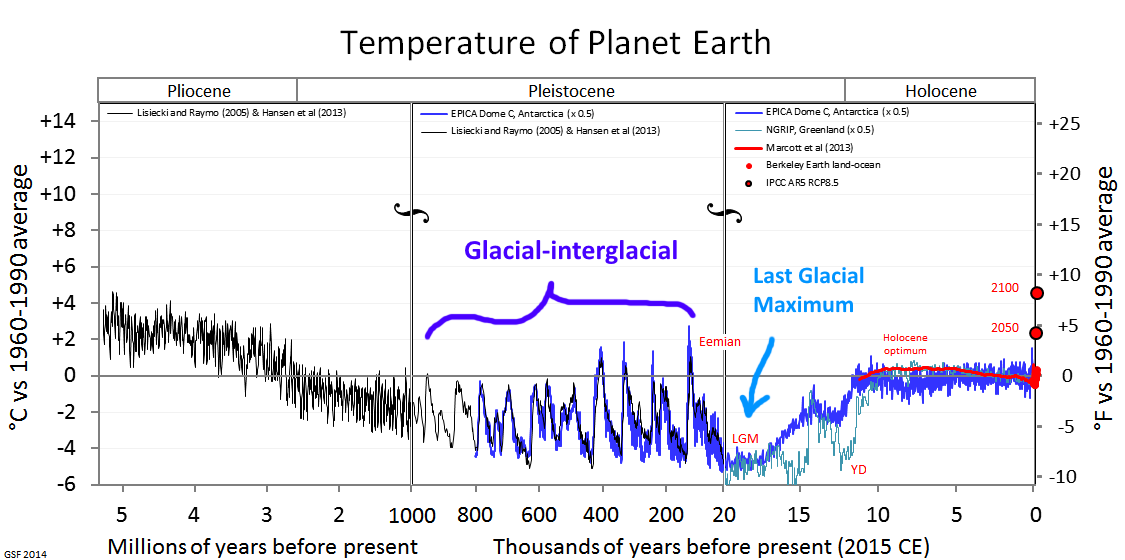 --- class: center # Pleistocene - Holocene transition .red[11.6 kya] 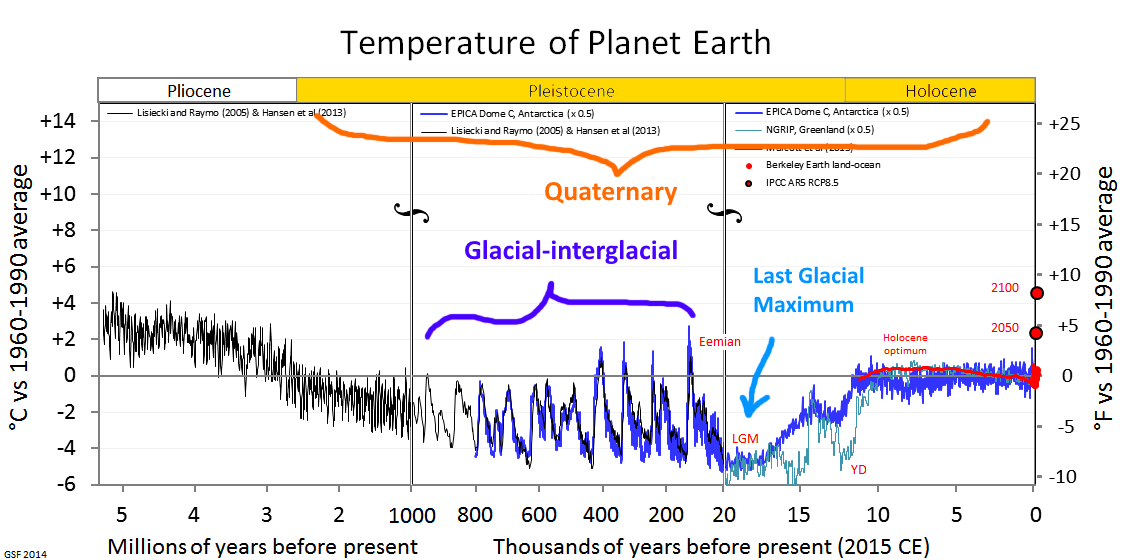 .large[ **warm(er)!** and **stable!** ] --- class: center # Holocene to Anthropocene (1950 - ...) 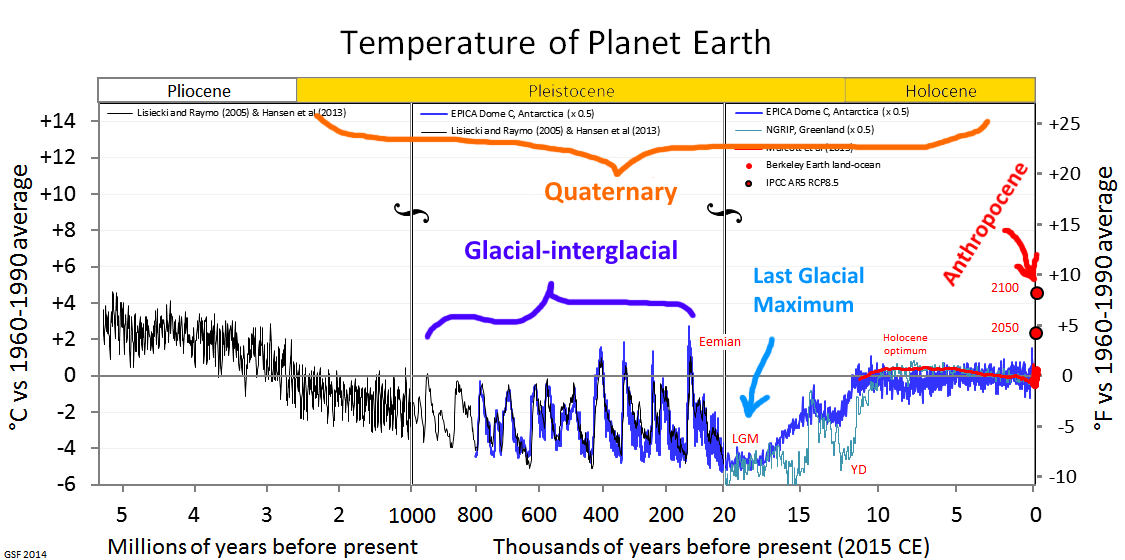 Note - scale and speed of current temperature change --- ### Start of Holocene all humans are foragers .center[ <video width="600" height="400" controls> <source src="images/forager.mp4" type="video/mp4"> </video> ] -- ### End of Holocene, not so much --- ## Foraging / hunting / gathering / fishing .pull-left-60.blockquote[.darkred[Subsistence economies and land-use practices that generally exhibit lower amounts of direct human alteration of ecosystems and control of plant and animal life cycles.] ([Stephens et al. 2019](https://www.science.org/doi/10.1126/science.aax1192)) 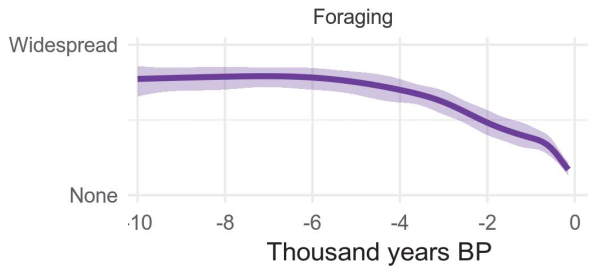 For at least 97% [*of our 300,000 year existence*] our hunter-gatherer ancestors lived as many other large predators do, in small groups within the confines of local ecosystems ([Gowdy 2020](https://doi.org/10.1016/j.futures.2019.102488)) ] .pull-right-30[ ## .red[What happened?] ] --- ## Neolithic revolution: **Agriculture** .pull-left-50[ 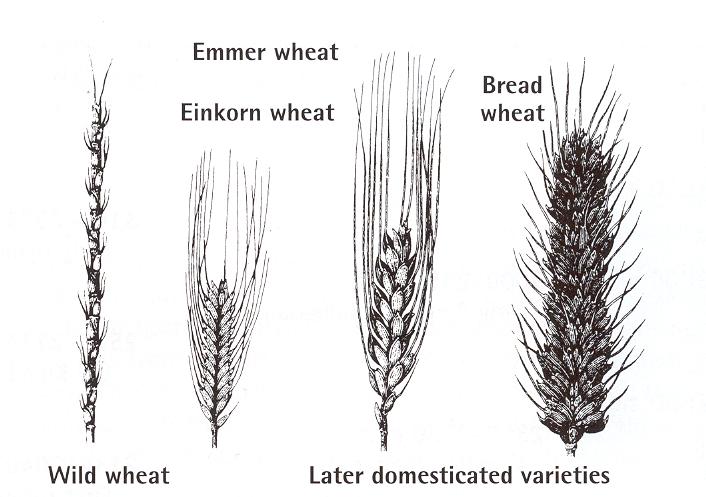  ] .pull-right-50[   ] .center[aka **Plant domestication**] --- ### developed independently in multiple locations... 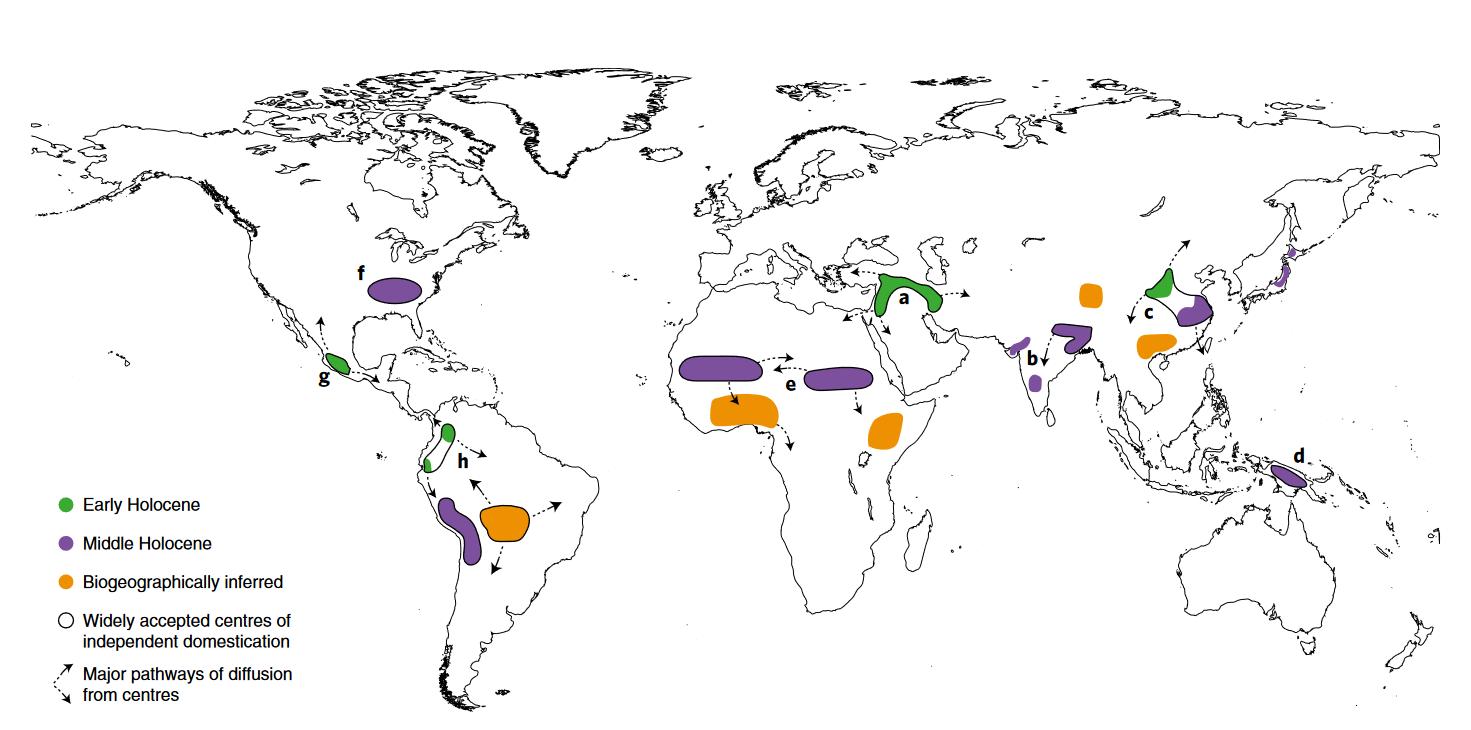 .footnotesize[ a. Southwest Asia (wheat, barley, lentil, pea, chickpea); b. India (rice (indica), millets, mungbean); c. China (broomcorn millet, foxtail millet, rice (japonica), soybean, melon); d. New Guinea (banana, taro, yam); e. Africa (date palm, sorghum, pearl millet, African rice, oil palm); f. Eastern North America (acorn and spaghetti squash, sunflower, sumpweed, goosefoot); g. Mexico (maize, pumpkin squash, common and lima beans, avocado, chilli pepper); h. South America (chilli peppers, peanut, cotton, squashes (butternut and Hubbard), common and lima beans, manioc, sweet potato, white potato, yam, quinoa). ] .footnote[([Kavanagh et al. 2018](https://boterolab.weebly.com/uploads/1/1/9/1/119146867/hindcastinghgpopulations.naturehb2018.pdf))] --- ## Why/how did agriculture emerge? .pull-left-40[ **H1. Surplus hypothesis** - improving environmental conditions, increased resource availability and growing human population densities **H2. Necessity hypothesis** - worse environmental conditions led to innovation **H3. Regional uniqueness hypothesis** - distinct, local processes independently drive the different geographic origins of domestication ] .pull-right-60[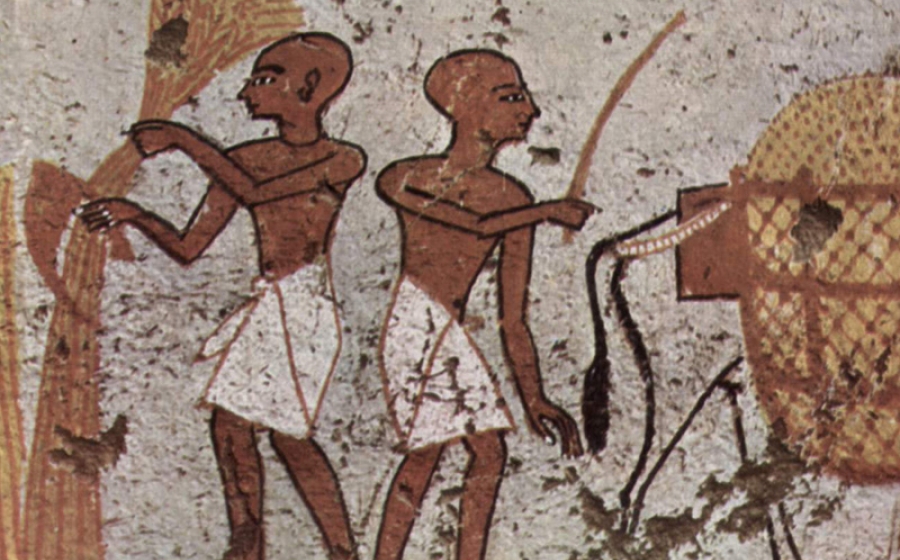] --- ## Why/how did agriculture emerge? .red[**Testing Hypotheses** by modeling productivity] 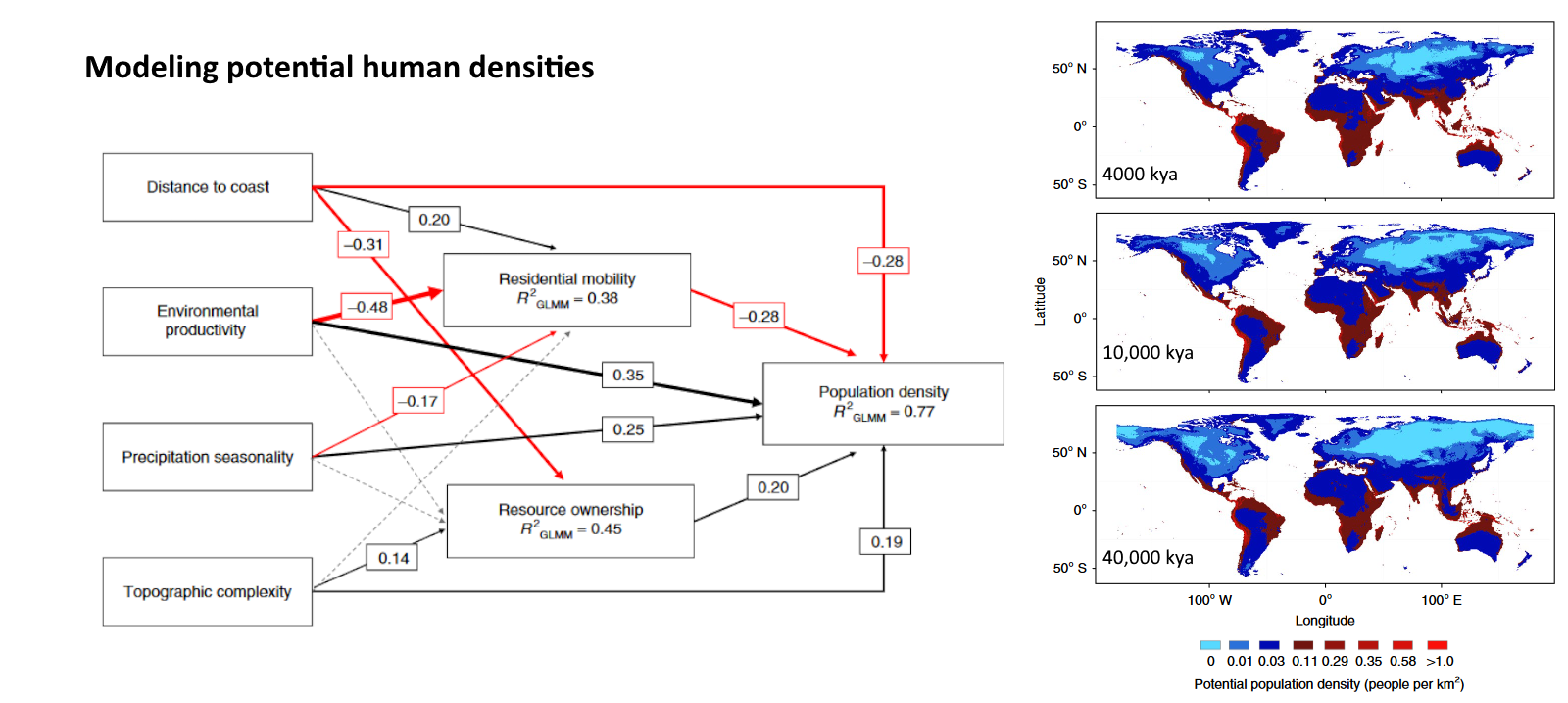 --- ## **Agriculture** typically appears *after* increase in human densities. .pull-left-40[ .red[**H1. Surplus hypothesis** - improving environmental conditions, increased resource availability and growing human population densities] **Evidence for impact of improved / milder / more stable climate** 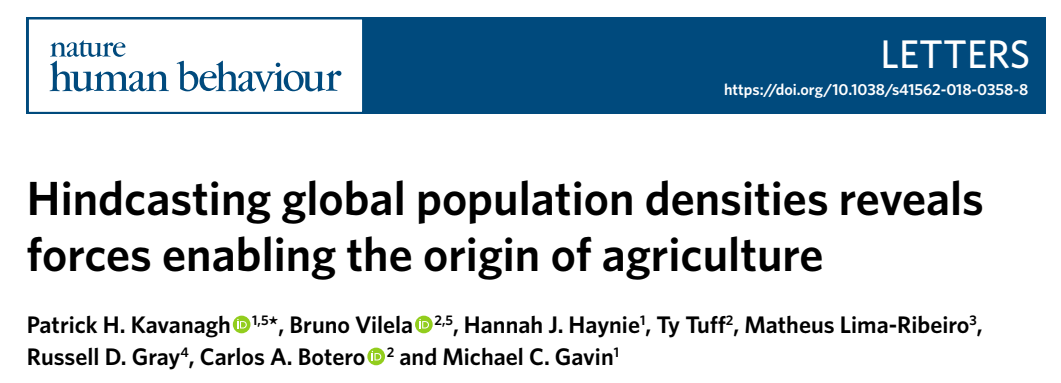 ] .pull-right-60[ 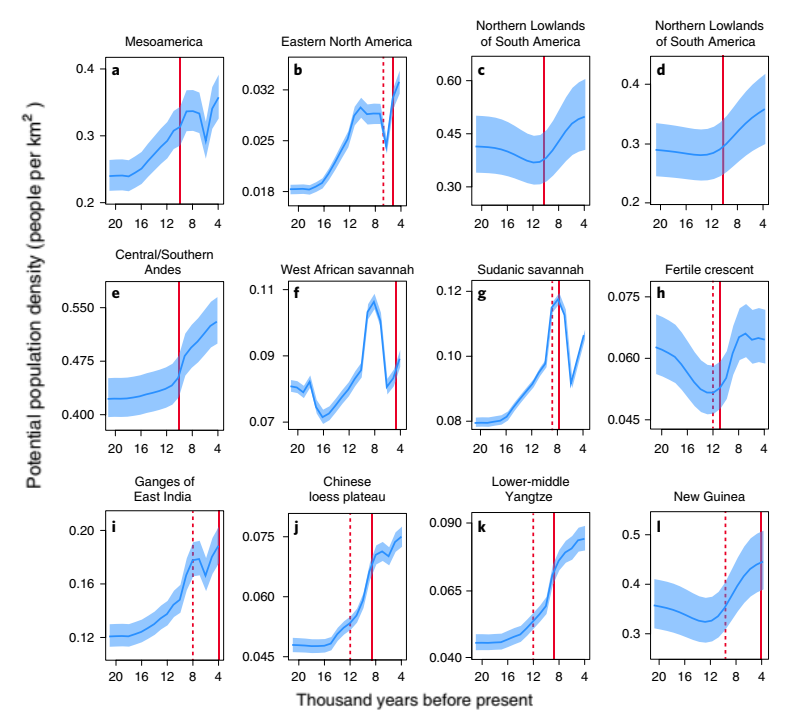 ] .footnote[[Kavanagh et al. 2018](https://boterolab.weebly.com/uploads/1/1/9/1/119146867/hindcastinghgpopulations.naturehb2018.pdf)] --- ## Consequences of agriculture .pull-left-40[ settlement and aggregation - cities - wealth - food surplus social hierarchies / complex society / armies / technology **civilization** population EXPLOSION - ~ 4 million 11,600 kya - ~ 200 million in 1900 AD - ~ 7.7 billion in 2020 AD ] .pull-right-60[ 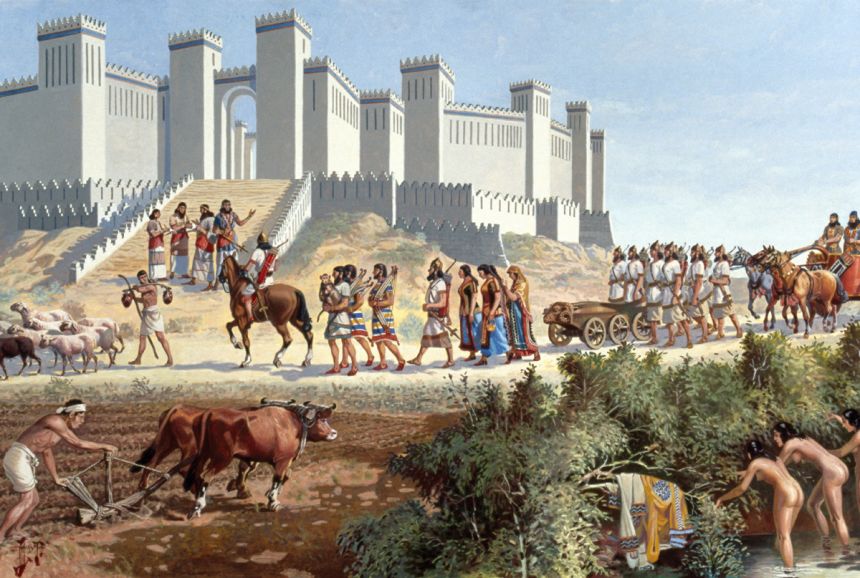 ] --- ## Neolithic revolution ... good or bad? .blockquote[ .green[The adoption of agriculture made the average person **worse off for millennia**. Physical health declined dramatically and most of the world’s people were born into **rigid caste systems** and lived as **virtual or actual slaves** ... ]] -- .blockquote[ After agriculture, humans became **shorter** and **less robust** and they suffered from more **debilitating diseases**, from leprosy to arthritis to tooth decay, than their hunter-gatherer counterparts ... Only in the last 150 years or so has the longevity, health, and well-being of the average person once again reached that of the Upper Pleistocene. The average **human life span in 1900 was about 30 years**, and for **Upper Pleistocene hunter-gatherers it was about 33 years**. ]  --- ## Consequences for wildlife  .center[Note: **dogs** are our only Pleistocene Pets.] --- ### Three pathways: **1. Commensal domestication** Framework of [Melinda Zeder (2012)](https://www.cambridge.org/core/books/abs/biodiversity-in-agriculture/pathways-to-animal-domestication/AD7F1BCDA885407E5D224F86F0E07E5B) .pull-left[ Animal hangs out near humans. Ends up staying with humans. 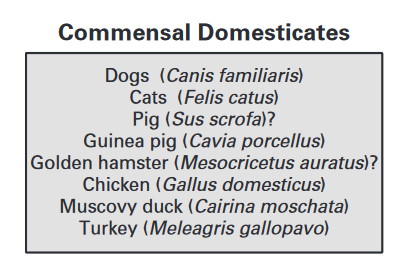 ] .pull-right[ 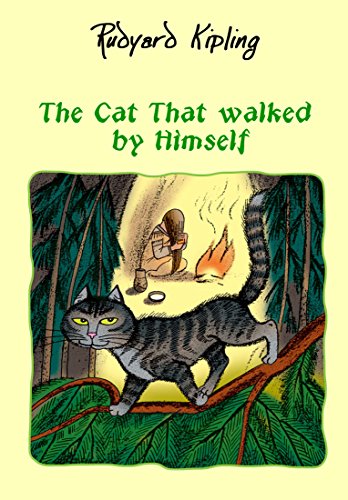 ] --- ### Three pathways: **2. Prey domestication** .pull-left[ - Most major livestock species. - Humans developed hunting strategies designed to increase prey availability. - Gradually transformed to **herd management** 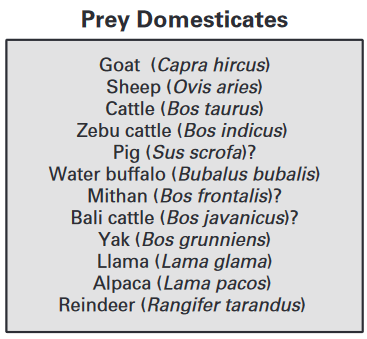 ] .pull-right[] --- ### Three pathways: **3. Directed domestication** .pull-left[ - Regenerative (non-prey) secondary animal resources - Mainly: labor, transport, draft, hides, furs 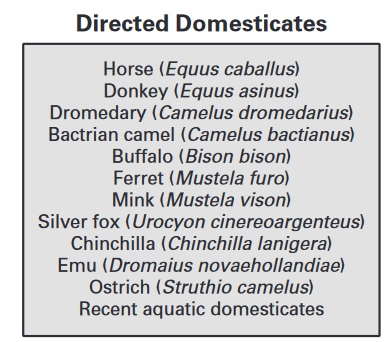 ] .pull-right-40[ **Bactrian camel**   ] --- ## Brief aside on Bactrian camel [Joly, Gurarie et al. 2020, Longest terrestrial migrations and movements around the world, *Scientific reports*](https://www.nature.com/articles/s41598-019-51884-5) 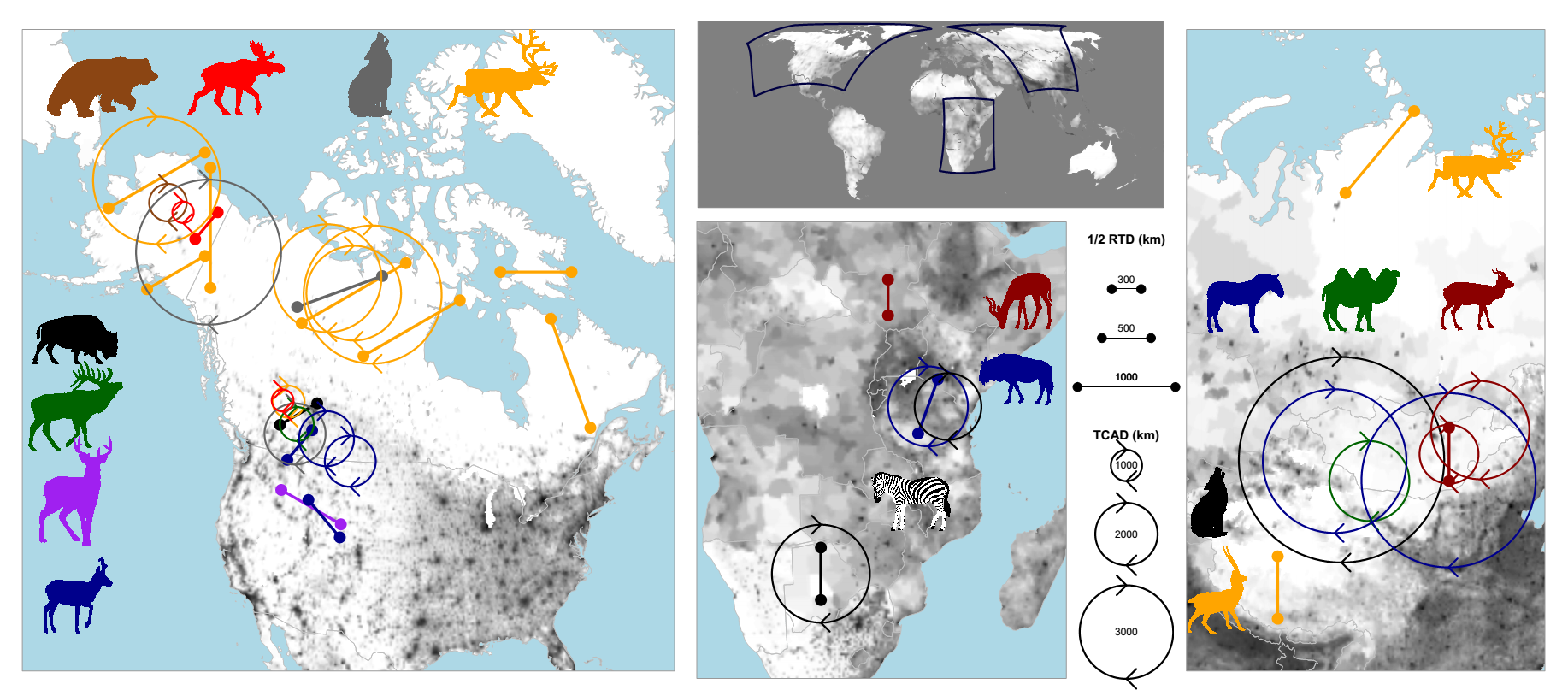 -- .blockquote.small[.black[Just one comment is maybe we need to change the camel picture on Fig 1 because this picture looks like domestic camels not look like Wild camels. I have attached here real and beautiful Wild camels photograph and we can use it. - Dr. Adiya Yadamsuren]] --- ## Bactrian camel fixed! [Joly, Gurarie et al. 2020, Longest terrestrial migrations and movements around the world, *Scientific reports*](https://www.nature.com/articles/s41598-019-51884-5) 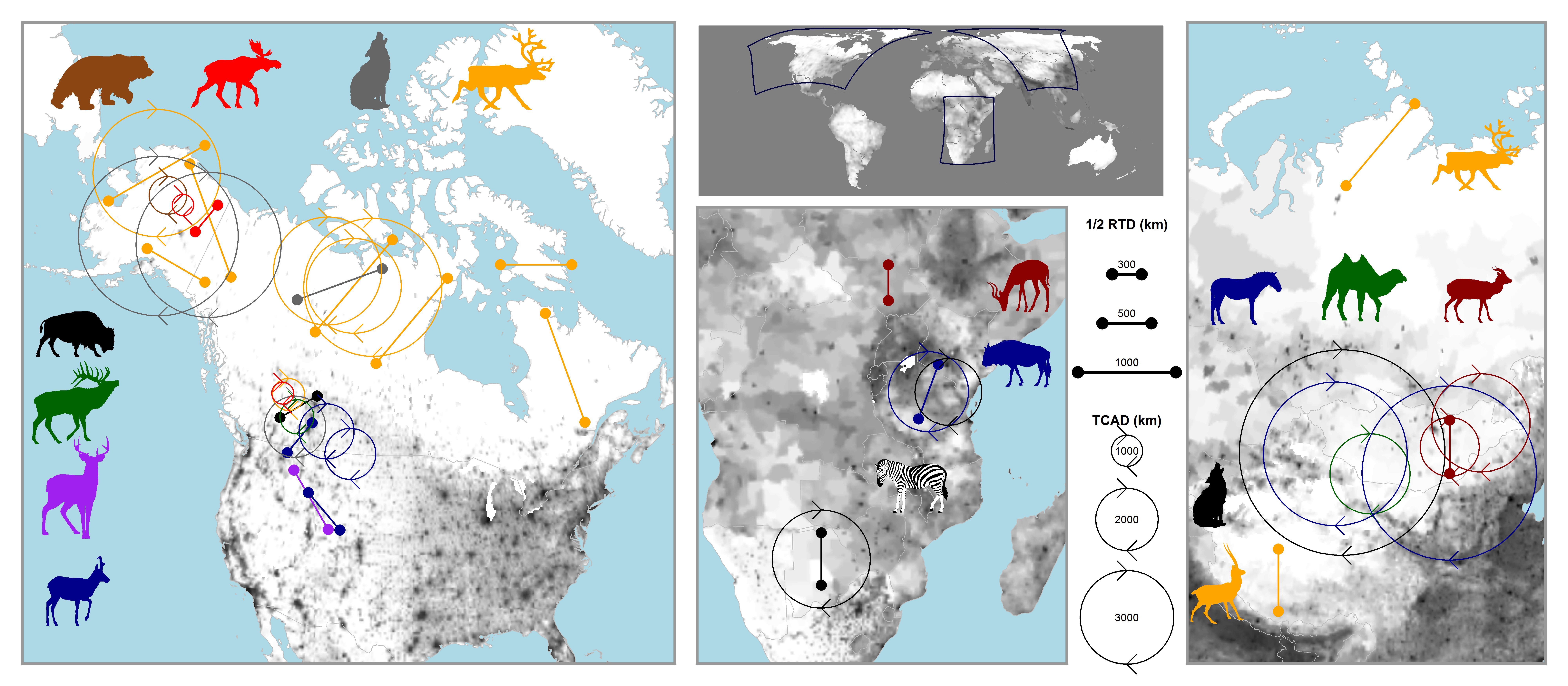 --- class: center ## Domestication of wildlife ... selective breeding 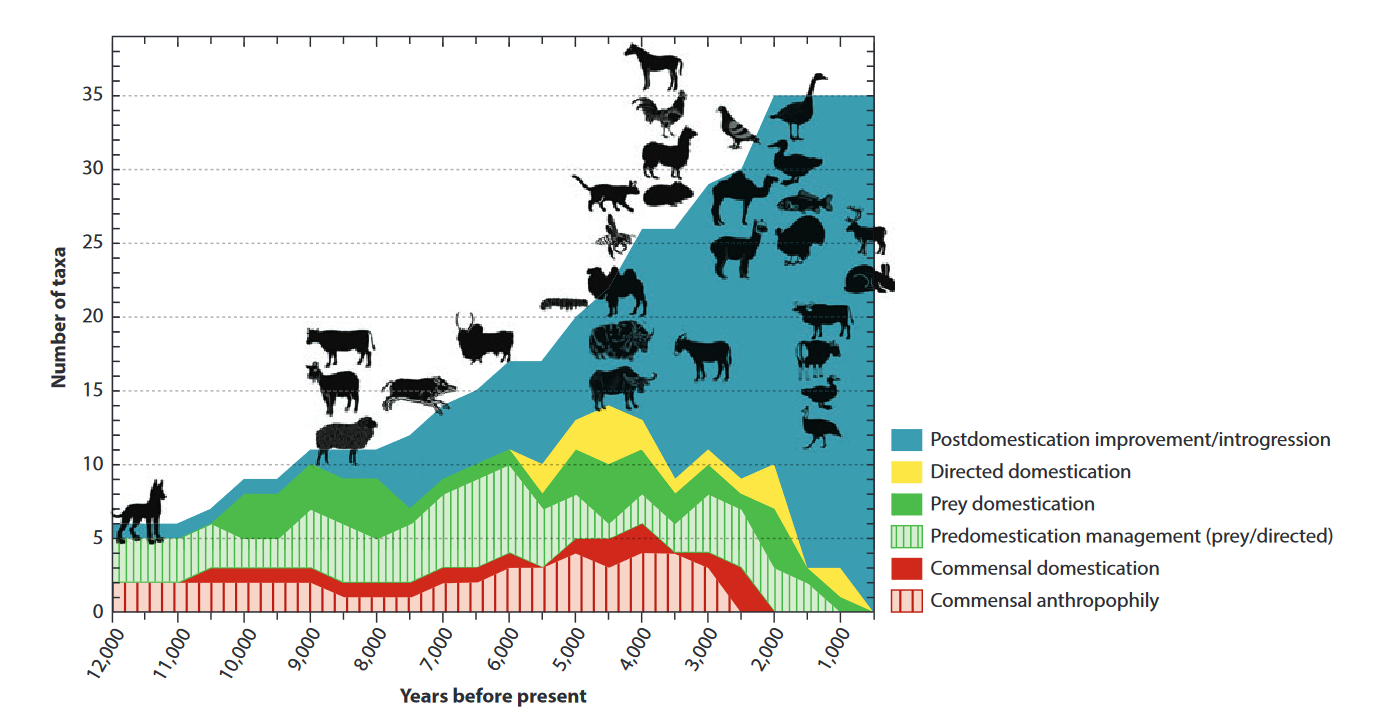 [Larson and Fuller, 2014](https://www.annualreviews.org/doi/abs/10.1146/annurev-ecolsys-110512-135813) --- background-image: url("images/pastoralism/nenets.jpg") background-size: cover ## Domestication: Rise of **Pastoralism** **Domesticated animals** released onto **open pastures** for grazing, usually by **nomadic people** who move around with their herds. -- **Species:** cattle, camels, goats, yaks, llamas, reindeer, horses and sheep. -- **Where:** around the world ... where land is "marginal", i.e. too upredictable / unproductive for intensive agriculture. Usually **open** and **arid** land. --- background-image: url("images/pastoralism/mongolia.jpg") background-size: cover .large[**Pastoralism**] - **Occupies ~20%-40% of the world's land surface, 2 billion animals** - Often in conflict with **agricultural** / **industrial** society - Debates: is **pastoralism** equilibrium or **non-equilibrium** ecology? - Debates: is **ranching** **pastoralism**? --- ### Pastoralism over time .center[ <video width="600" height="400" controls> <source src="images/pastoralism.mp4" type="video/mp4"> </video> ] --- ## Global biomass .... 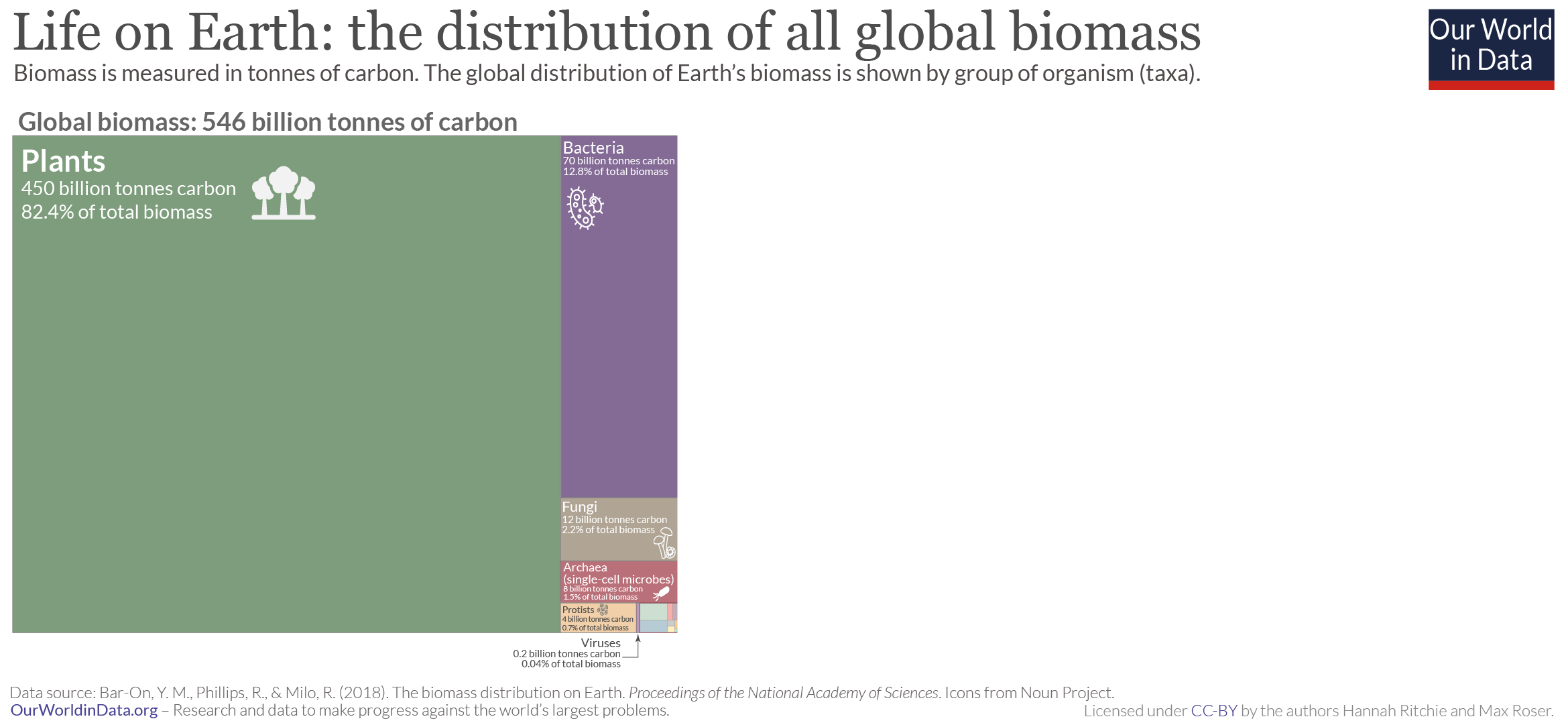 -- ### .center[Where is the wildlife!?] --- ## Global biomass .... 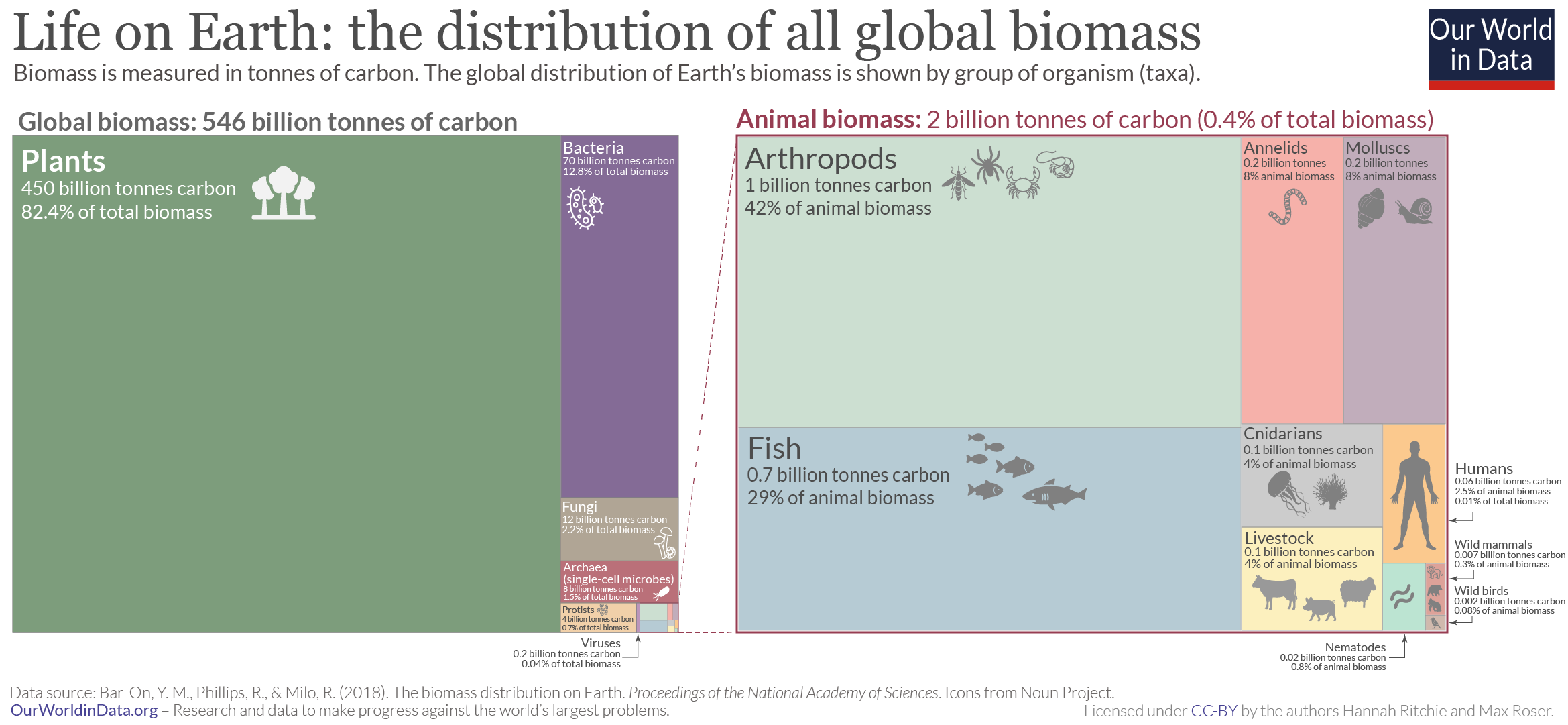 ### .center[Where are the animals!?] --- ## Domesticated vs. wildlife vs. humans .pull-left-60[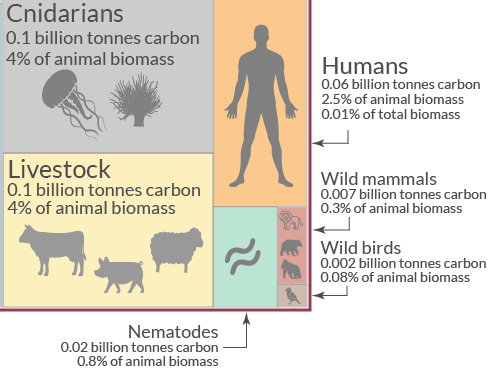] .pull-right-40.large[ **1 x Livestock** = .red[**1.6 x Humans**] = .green[**14 x Wild Mammals**] = .green[**50 x Wild birds **] ] .large[Who really inherits the Earth? Is wildlife important to **global ecology**?] ([Bar-On et al. 2018](https://www.pnas.org/doi/full/10.1073/pnas.1711842115)) --- ## Consequence for wildlife .pull-left-40[ In settled, structured, agricultural societies - **hunting** becomes optional. Transforms from **existential** **entwined** **essential** **experience** to .... ***sport*** (mainly for ***elites***). Often closely linked to **military** training. ] .pull-right-60[  .small[*Egyptian nobleman hunting fowl in marshes (1350 BCE)*] ] --- ## This cuts across cultures .pull-left[ 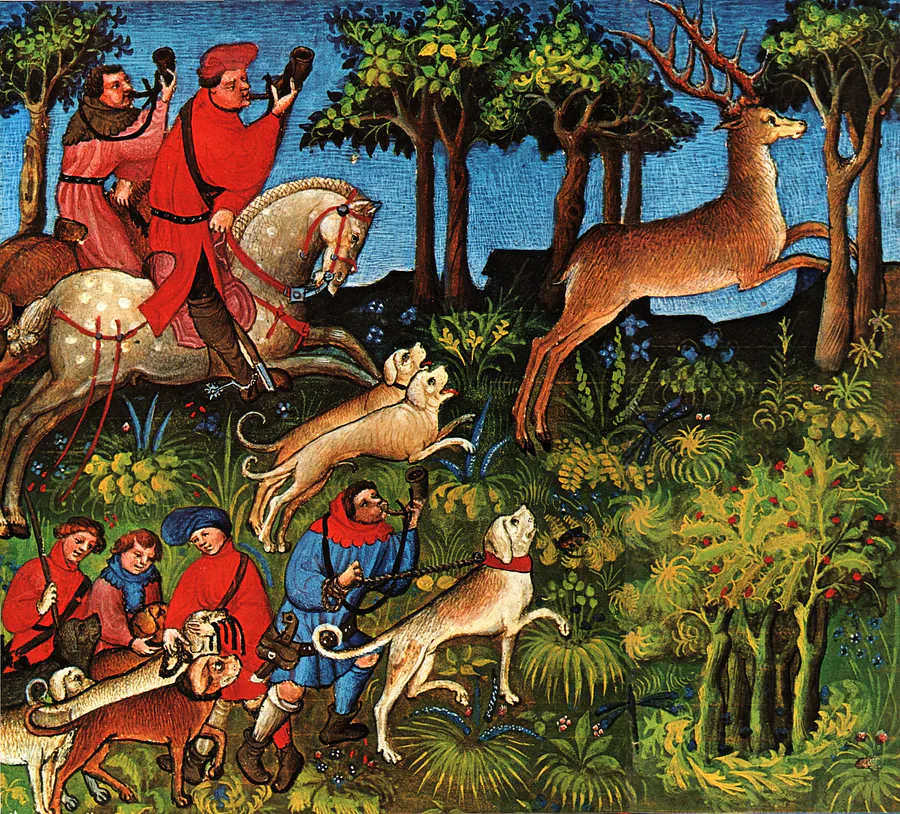 *Livre de la Chasse* (France, 1327) ] .pull-right-50[ 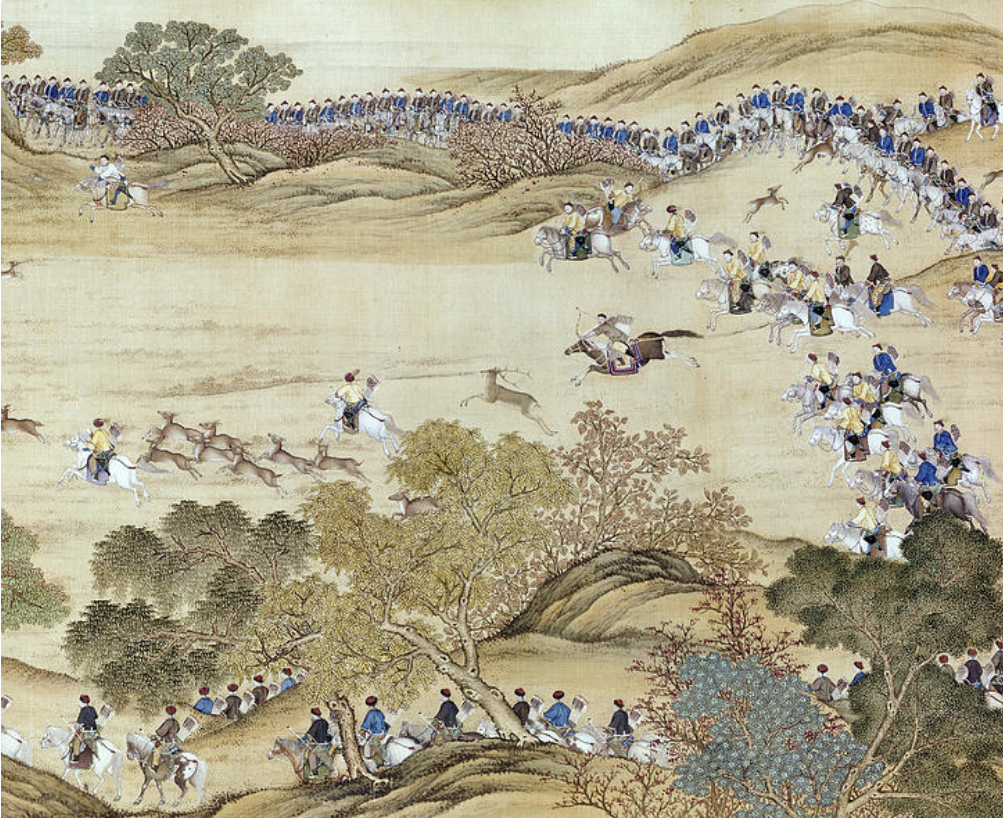 Qing dynasty China ] --- ## Early example of management **Genghis Khan (1180? - 1227)** - an early ‘father’ of wildlife management. Established wildlife protected areas and hunting season (winter) and restrictions .pull-left-70[  .footnotesize[*painting: Vadim Gorbatov*] ] .pull-right-30[ **Grandson Kublai Khan (1215-1294)** assigned keepers of the forest to plant food plots of millet and other favored foods for partridges and quail and provided feeding stations. Guaranteed abundant game for 3-month annual court hunt. ] --- background-image: url("bg.jpg") background-size: cover class: center ### (pause to admire) --- ## In (feudal) Europe .pull-left-60[ Wild-lands were rapidly cultivated and developed. Feudal system preserved remaining wilderness as strictly **property of the king**, with especial claim on "higher game", esp. **deer**, **boar**. **Poaching** strongly deterred (hanging / blinding / maiming / etc.) This conflicted with common-use of land, though small game (rabbit snaring, bird netting) remained legal. **Game Laws of England** (~1400) made wealth a **legal prerequisite** to hunt. Motivated several peasant rebellions. ] .pull-right-40[ .green.large[**Robin Hood**] 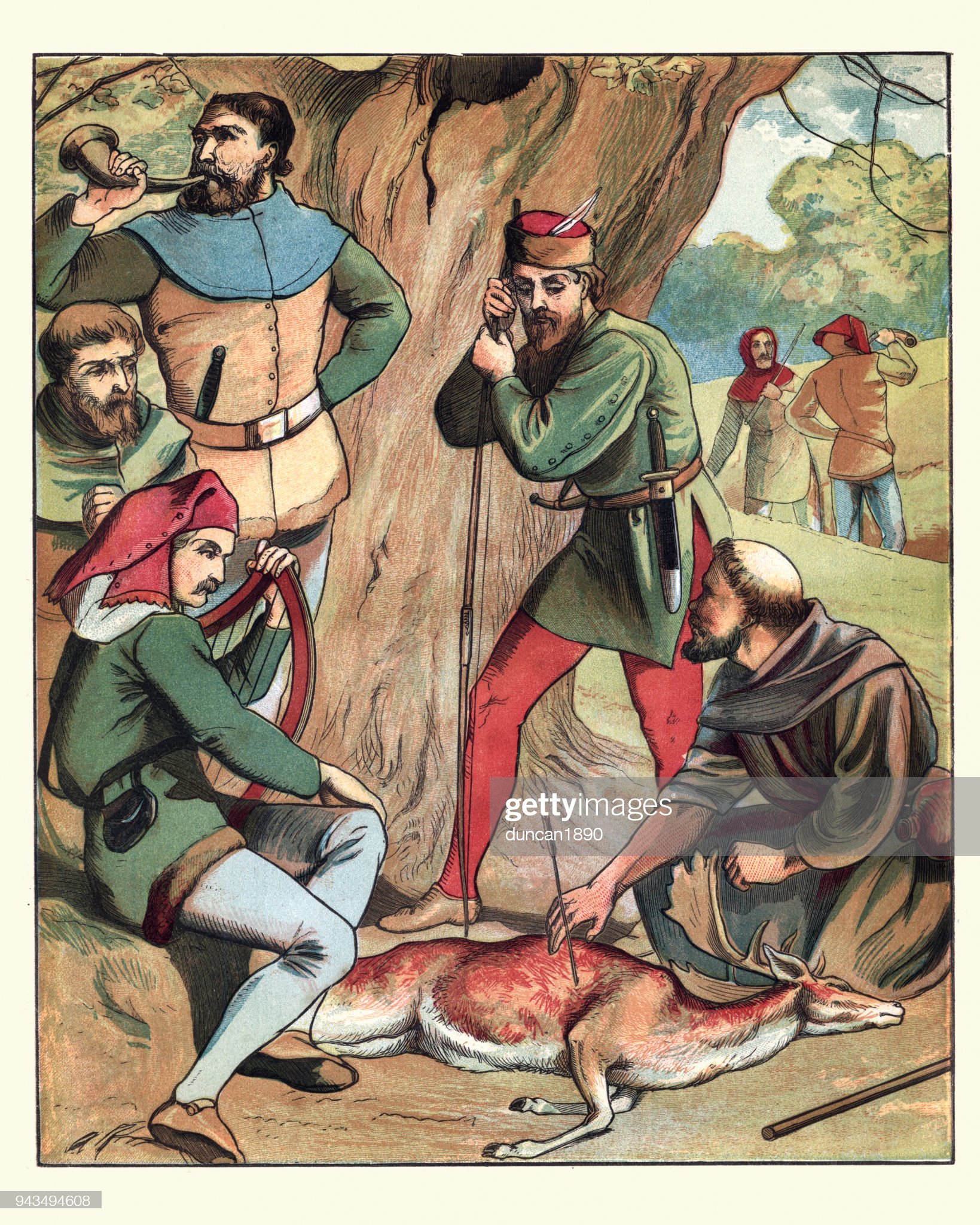 .small.green[*Understandable strong appeal of rebel commoner myth.*] ] --- ## Wildlife as globally traded commodity Export of **furs** almost entirely funded the rise, wealth and expansion of **Russian Empire** across Siberia and into Alaska (1300-1850). .pull-left-50[ **Key species:** Beaver, mink, sable, fox, squirrel. **Expansion to N. America:** Pursuit of sea otters and fur seals 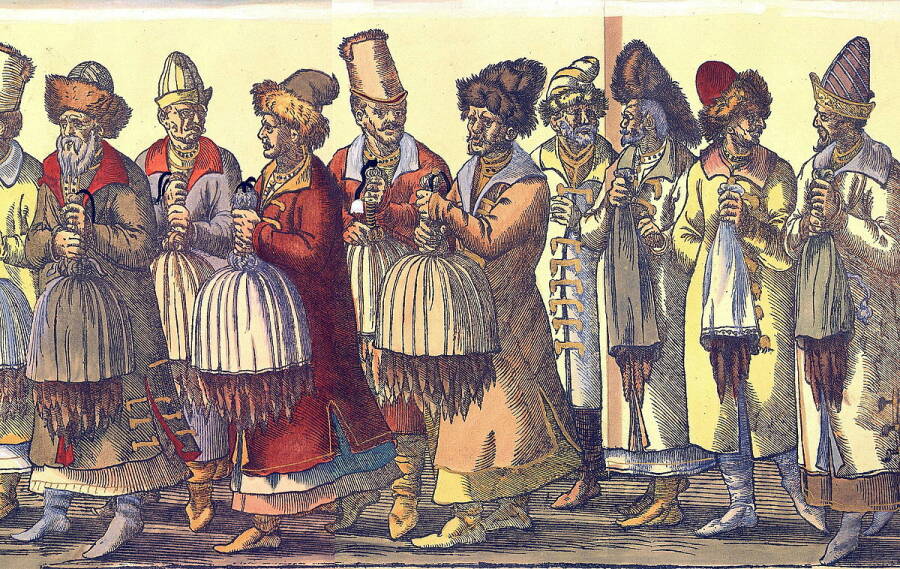] .pull-right[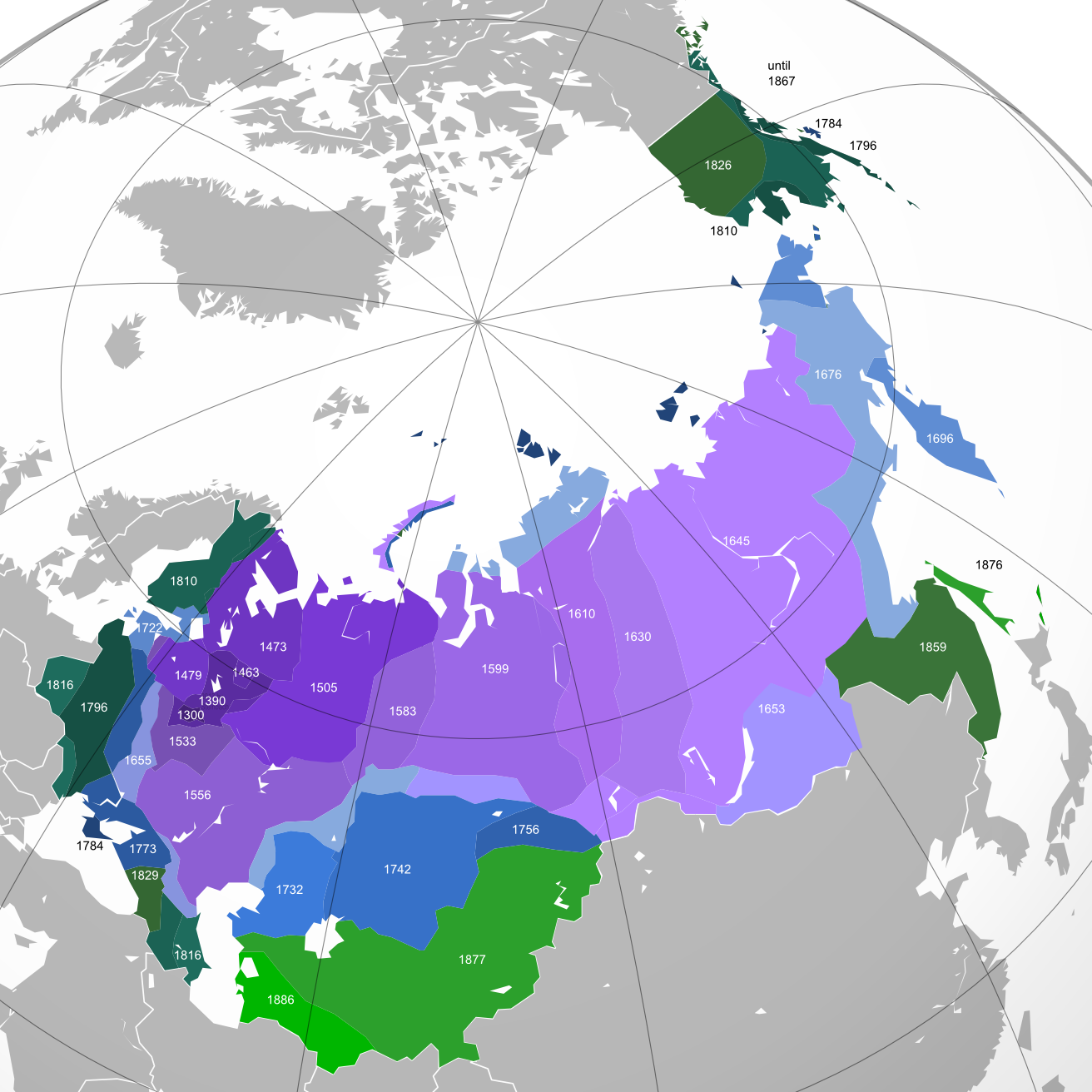] --- ## Wildlife as globally traded commodity .pull-left-50[ **Fur trade** drove expansion and colonization across North America, especially Canada. **British**, **French**, **Dutch**, **Spanish** traders traded in furs **heavily** with Indigenous people of North America, fought **wars** over fur resources and land. ] .pull-right-50[  ] <center> <img src='images/furtrade/furman.jpg' width = '350'/> <br> Canadian fur-trader </center> --- ## ... especially **beaver**. .pull-left[ .blockquote[*A continent was explored, an indigenous race of people degraded and its culture crushed, and many people died - in part because beaver fur produced better felt than any other fur hat.* Taber and Payne, 2003] <center> <img src='images/furtrade/felt-top-hat.jpg' width = '70%'/> <br> ] .pull-right[ 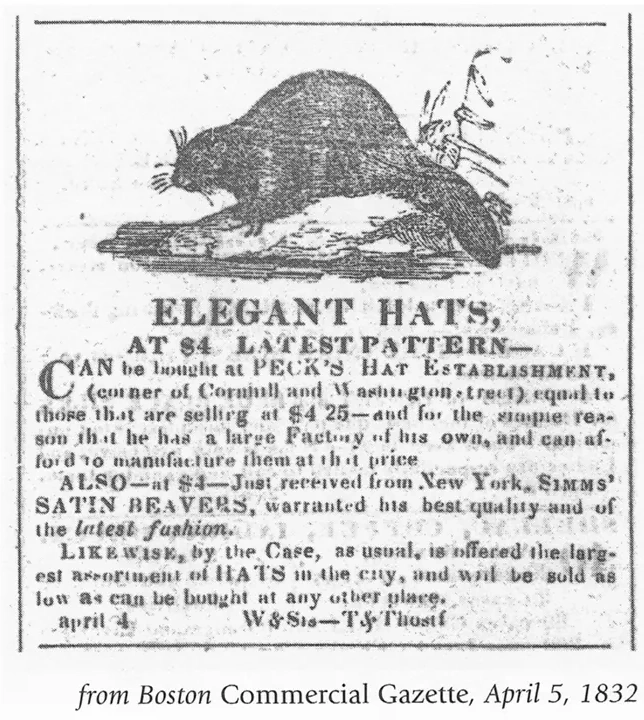 ] --- ## Beaver Wars (1609–1701) [Tsianì kayonkwere] -- <iframe src="https://www.youtube.com/embed/9fo_45qFj4A?controls=0" width="100%" height="400" frameborder="0" allowfullscreen> </iframe> -- After **beaver** crashes (because silk, and scarcity) in 1840 top fur by value in US is **racoon** followed by **muskrat**. --- ## La Grand Paix de Montréal (1701) 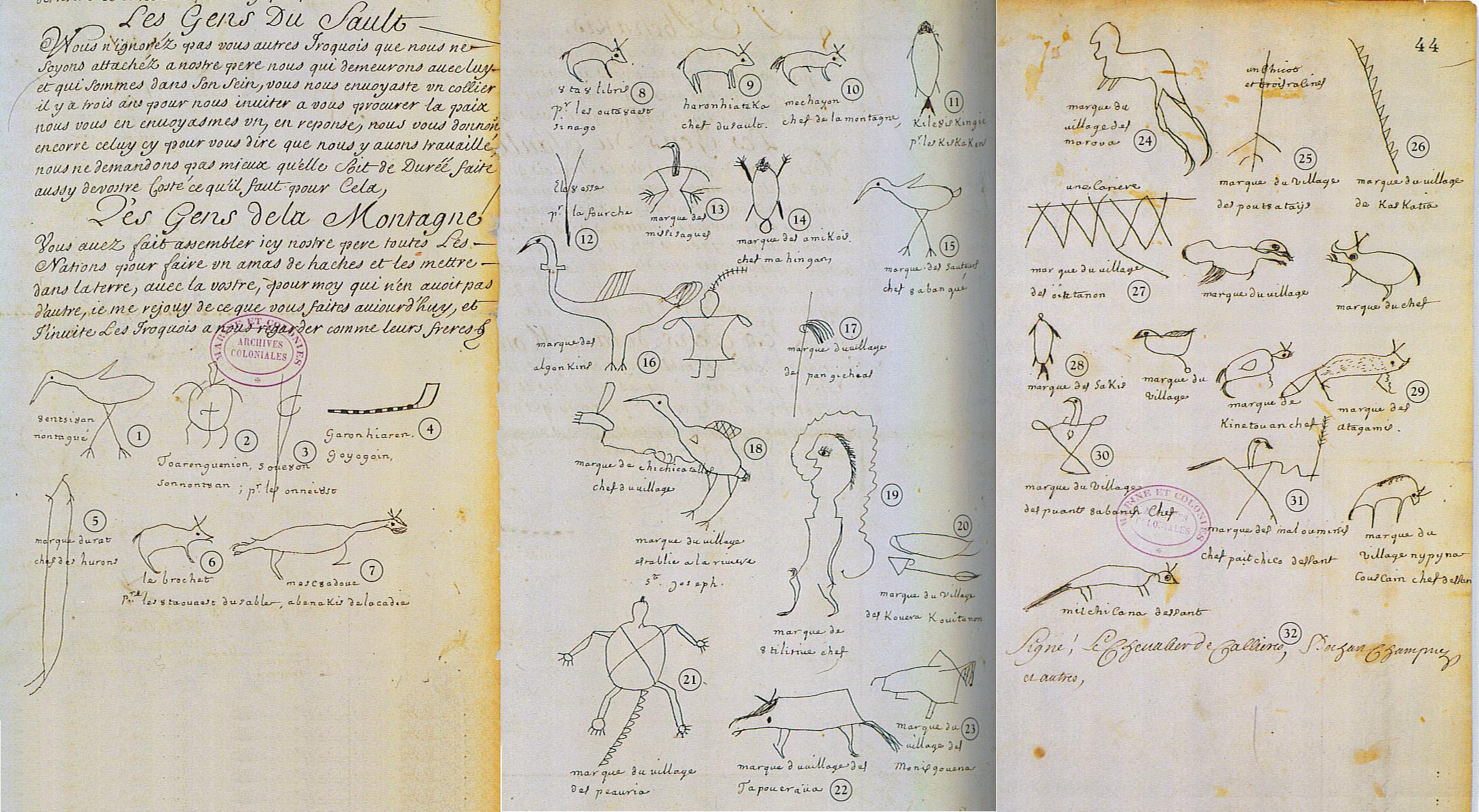 --- ### Commodities tend to get over-exploited .pull-left[ **Industrial whaling** (in contrast to subsistence whaling) Nearly drove many (most) large whale species to extinction. 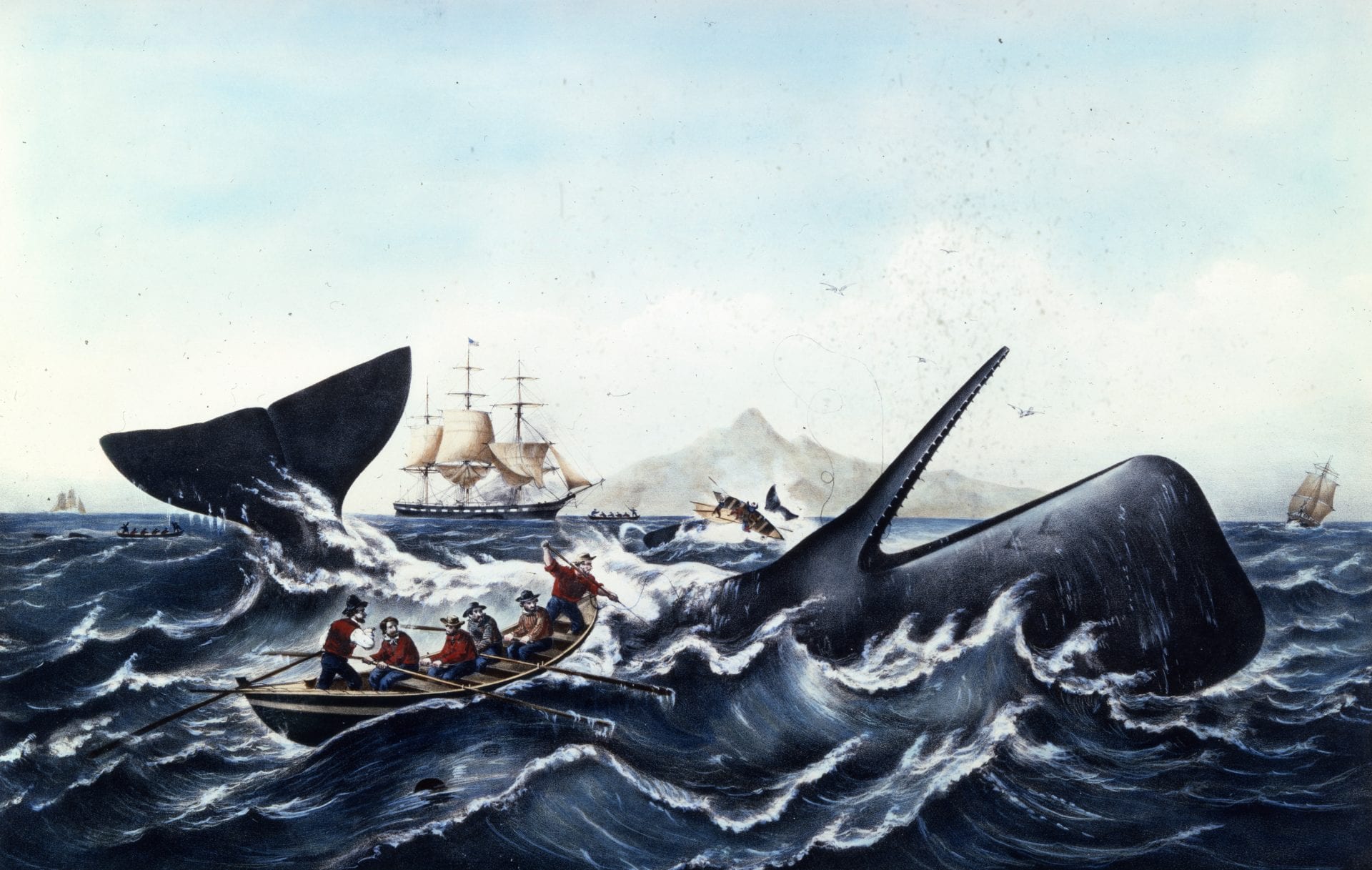 ] .pull-right[ **Maritime fur trade** Especially **fur seals** and **sea otters** 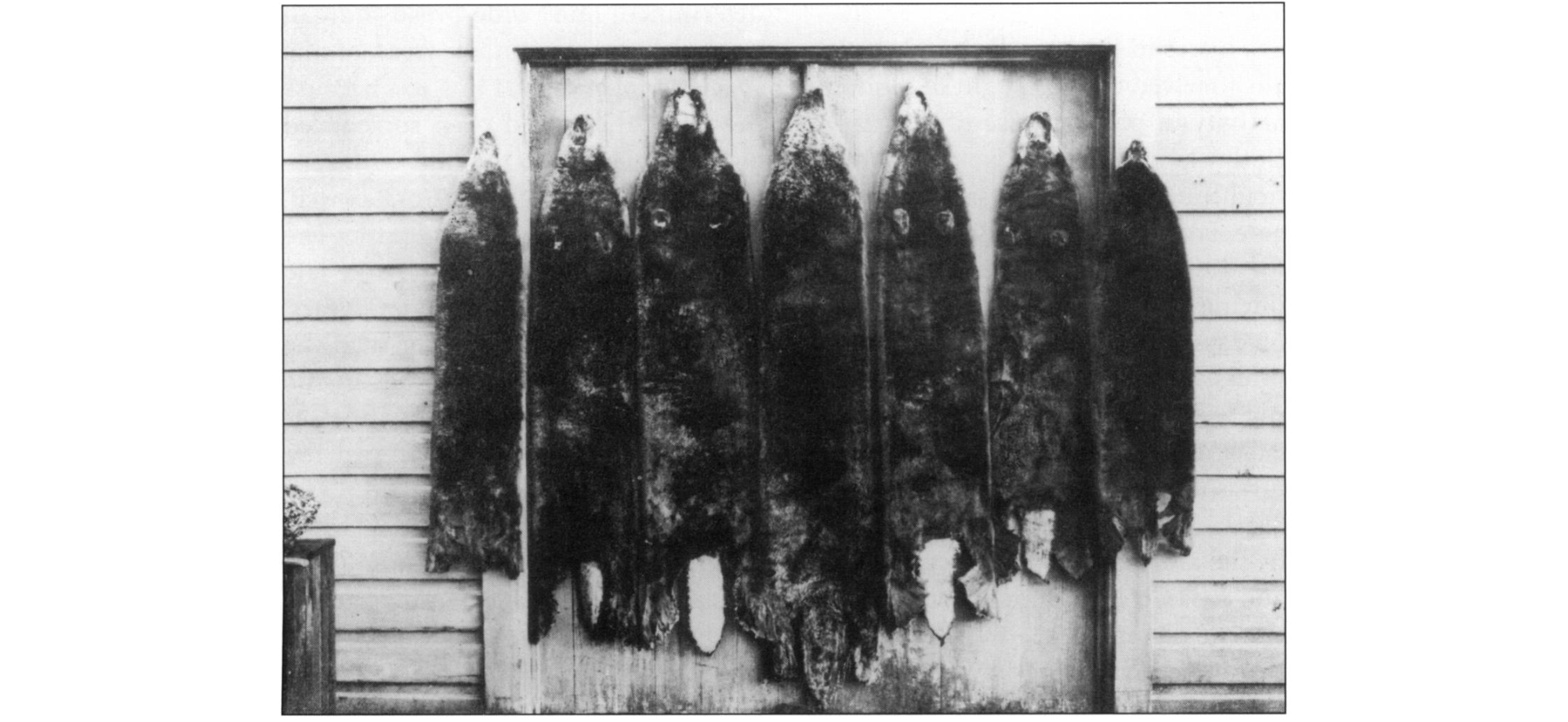 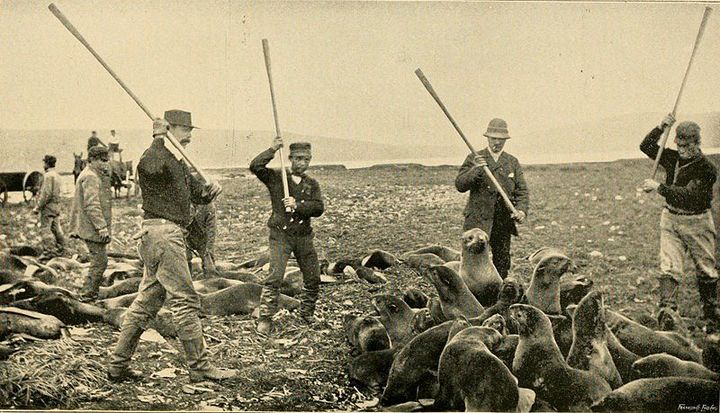 ] --- background-image: url("images/bisonpile.webp") background-size: cover --- background-image: url("images/bisonpile.webp") background-size: cover .pull-left-60[### **Age of over-exploitation** (1850-1899)] .pull-right-40[ .content-box-gray[**N.A. extinctions** - Great Auk (1852) - Sea mink (1852) - Eastern elk (1867) - Passenger Pigeon (1914) - Carolina Parakeet (1917) ]] -- .pull-right-40[ .content-box-gray[**Some major depletions** - Bison - White-tailed deer - Grizzly bears - Wolves - Mountain lions ] ] --- ## 20th century developments .pull-left[ .content-box-green[**changes in attitudes** - Conservation Ethos (Theodore Roosevelt & friends) - Land Ethic (Aldo Leopold) - Game Management Science - Environmental movement - Legal frameworks for conservation and protection - Rise of North American Model of Wildlife Management - Recovery of many species ] ] -- .pull-right[ .content-box-red[**but also certainly** - Rapid climate change - Biodiversity crises - Population growth - More extinctions - Human-wildlife conflicts - Global perspectives ] ] -- .content-box-blue[ Rise (in a short period) of the *science* of **Wildlife Ecology**, **Conservation Biology**. Technological and analytical tools and theoretical frameworks. ] .large.center[We'll come back to a lot of this later ...] --- ## 21st century questions .blockquote.large[ Will we be remembered as the **Era of Conservation Science** or the **Era of Extinction**? ] <br> <br> -- also: <br> <br> .blockquote.large[ What's the role of **Science**? What's the role of **Management**? What's the role of **Traditional Knowledge**? ] --- ## Summaries (11,500 - 100 ya) .pull-left-50[ The **Holocene** has been warm and extraordinarily stable. Allowed for **domestication** of plants and animals. New modes of subsistence: **agriculture** and **pastoralism**. **Wildlife** - basically - suffered from: - competition with livestock - competition with agriculture - habitat loss - decrease in **human** value - increase in **commercial** value ] .pull-right-50[ 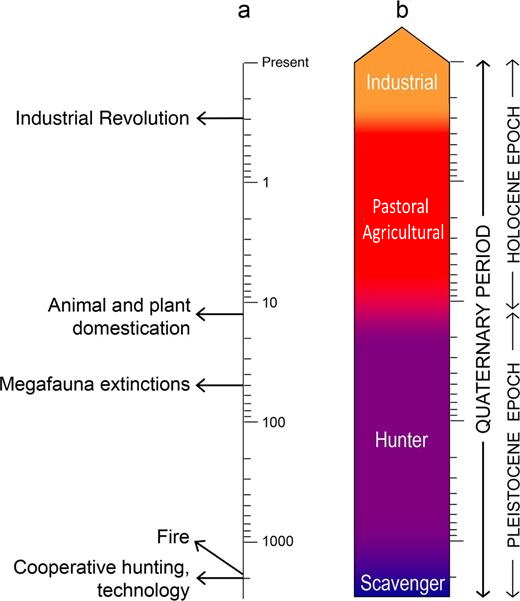 ] --- ## Back to the deep past future .blockquote.small[Without climate stability ... it is unlikely that agriculture will be possible in the 21st century and beyond. Civilization will either collapse or gradually disappear over the coming centuries... <br> In the long run, the vision of **returning to a hunting and gathering way of life** is **wildly optimistic** ... Every characteristic that defines us as a species — compassion for unrelated others, intelligence, foresight and curiosity — evolved in the Pleistocene. **We became human as hunters and gatherers and we can regain our humanity when we return to that way of life.**]  --- ## References .footnotesize[ - Bar-On, Y. M., Phillips, R., & Milo, R. (2018). The biomass distribution on Earth. *Proceedings of the National Academy of Sciences*, 115(25), 6506–6511. https://doi.org/10.1073/pnas.1711842115 - Broughton, J. M., & Weitzel, E. M. (2018). Population reconstructions for humans and megafauna suggest mixed causes for North American Pleistocene extinctions. *Nature Communications*, 9(1), 5441. https://doi.org/10.1038/s41467-018-07897-1 - Gowdy, J. (2020). Our hunter-gatherer future: Climate change, agriculture and uncivilization. *Futures*, 115, 102488. https://doi.org/10.1016/j.futures.2019.102488 - Kavanagh, P. H., Vilela, B., Haynie, H. J., Tuff, T., Lima-Ribeiro, M., Gray, R. D., Botero, C. A., & Gavin, M. C. (2018). Hindcasting global population densities reveals forces enabling the origin of agriculture. *Nature Human Behaviour*, 2(7), 478–484. https://doi.org/10.1038/s41562-018-0358-8 - Larson, G., & Fuller, D. Q. (2014). The Evolution of Animal Domestication. *Annual Review of Ecology, Evolution, and Systematics*, 45(1), 115–136. https://doi.org/10.1146/annurev-ecolsys-110512-135813 - Richerson, P. J., Boyd, R., & Bettinger, R. L. (2001). Was Agriculture Impossible during the Pleistocene but Mandatory during the Holocene? A Climate Change Hypothesis. *American Antiquity*, 66(3), 387–411. https://doi.org/10.2307/2694241 - Stephens, L., Fuller, D., Boivin, N., Rick, T., Gauthier, N., Kay, A., Marwick, B., Armstrong, C. G., Barton, C. M., Denham, T., Douglass, K., Driver, J., Janz, L., Roberts, P., Rogers, J. D., Thakar, H., Altaweel, M., Johnson, A. L., Sampietro Vattuone, M. M., … Ellis, E. (2019). Archaeological assessment reveals Earth’s early transformation through land use. *Science*, 365(6456), 897–902. https://doi.org/10.1126/science.aax1192 - Zeder, M. A. (2012). Pathways to Animal Domestication. In P. Gepts et al. (Eds.), *Biodiversity in Agriculture* (1st ed., pp. 227–259). Cambridge University Press. https://doi.org/10.1017/CBO9781139019514.013 ]